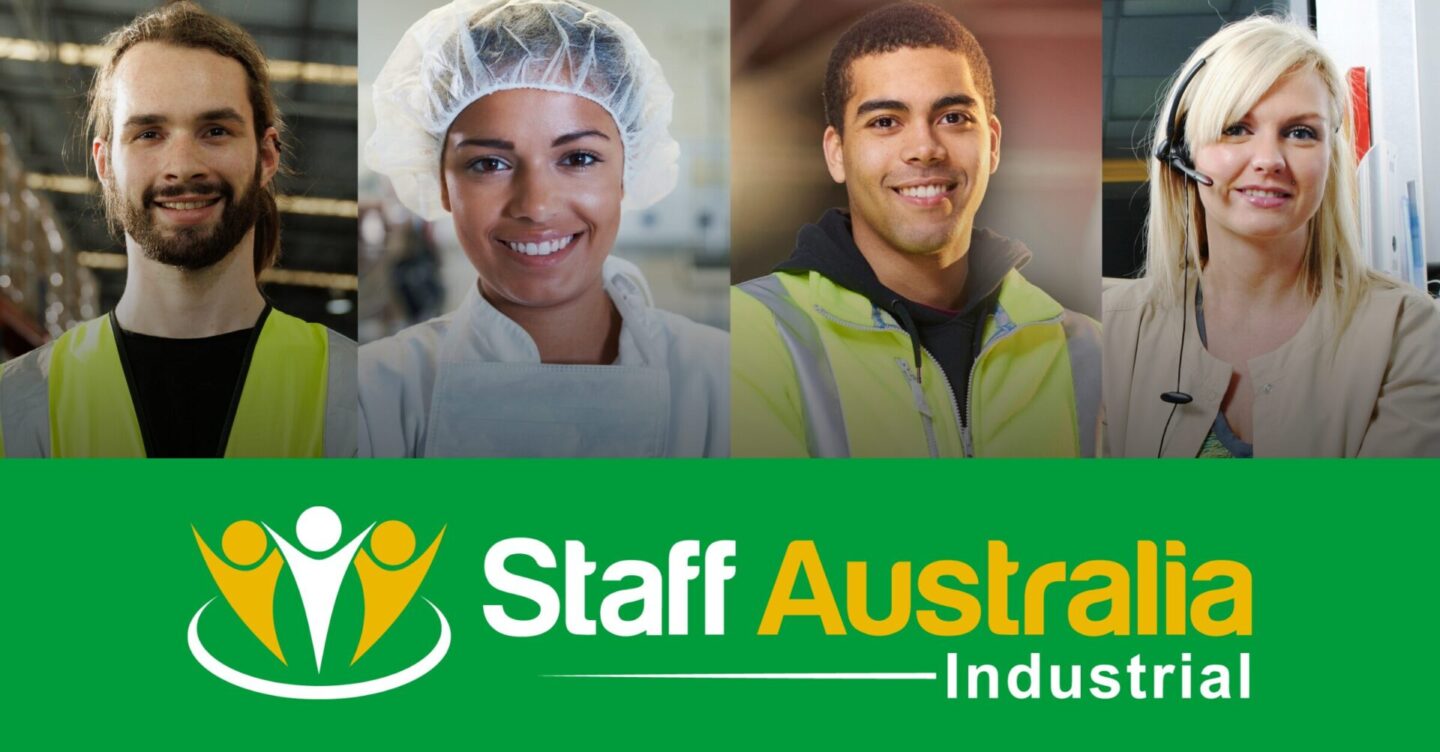Shortcuts might save time, but they’re NEVER worth the risk.
Workplace safety goes deeper than steel-toe shoes and hard hats, it’s about your overall health and wellbeing, both in the workplace and at home.
In 2024, over 139,000 serious work-related injury claims were submitted by Australian workers. That’s more than 300 serious injuries reported every single day!
If you work in warehousing, construction, or manufacturing, your risk of injury is higher than the overall industry standard. Whether you’re driving a forklift or work on the production line, your safety is paramount.
The following blog breaks down the different types of workplace safety, the risks, the red flags, how to report a safety issue, and why shortcuts can cost more than you think.
5 Types of Workplace Hazards and Safety Risks:
When most people think about workplace safety, they think about physical injuries, like falling off a ladder or cutting a finger. But safety covers a lot more than that. There are several types of hazards that can jeopardise a worker’s health, (physically, mentally, and emotionally). Let’s discuss!
1. Physical Hazards
We’ll start with the most obvious hazards. Physical hazards are tangible safety risks that you may encounter in a working environment. These are hazards that can physically hurt you. Common in warehouses, manufacturing facilities, on construction sites, and in other labour-heavy environments.
Physical hazards include:
- Slips, trips, and falls.
- Injuries from machinery or forklifts.
- Getting struck by moving objects.
- Electric shocks or burns.
- Noise and vibration exposure.
- Lifting heavy loads.
- Working at heights.
According to SafeWork Australia, some of the most common workplace injuries are sprains, cuts, fractures, and muscle strains. The cause of injury is often a result of human error, insufficient training or not following protocol. Shortcuts might save time, but they’re never worth the risk. Wearing the correct PPE (Personal Protective Equipment) can help reduce risk.
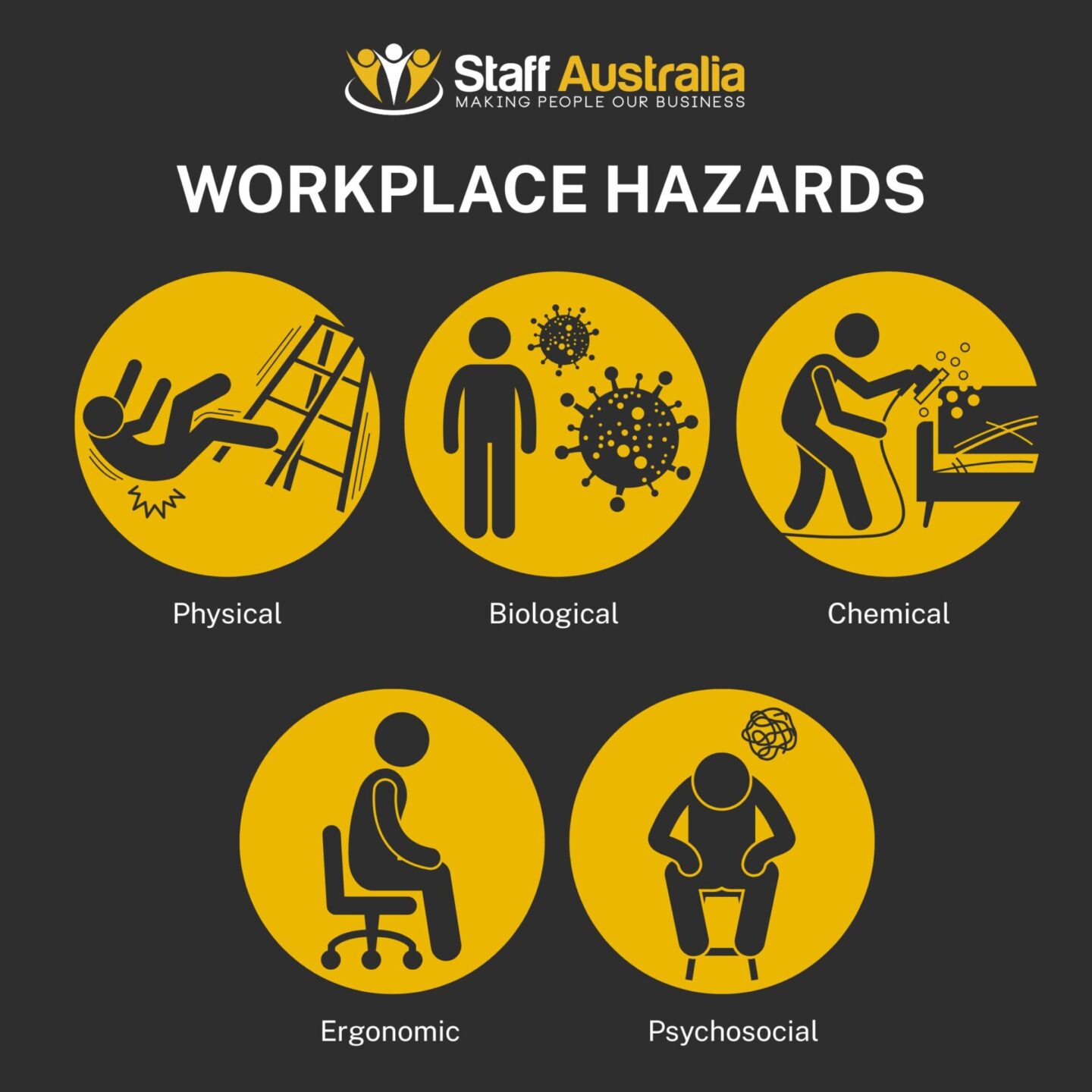
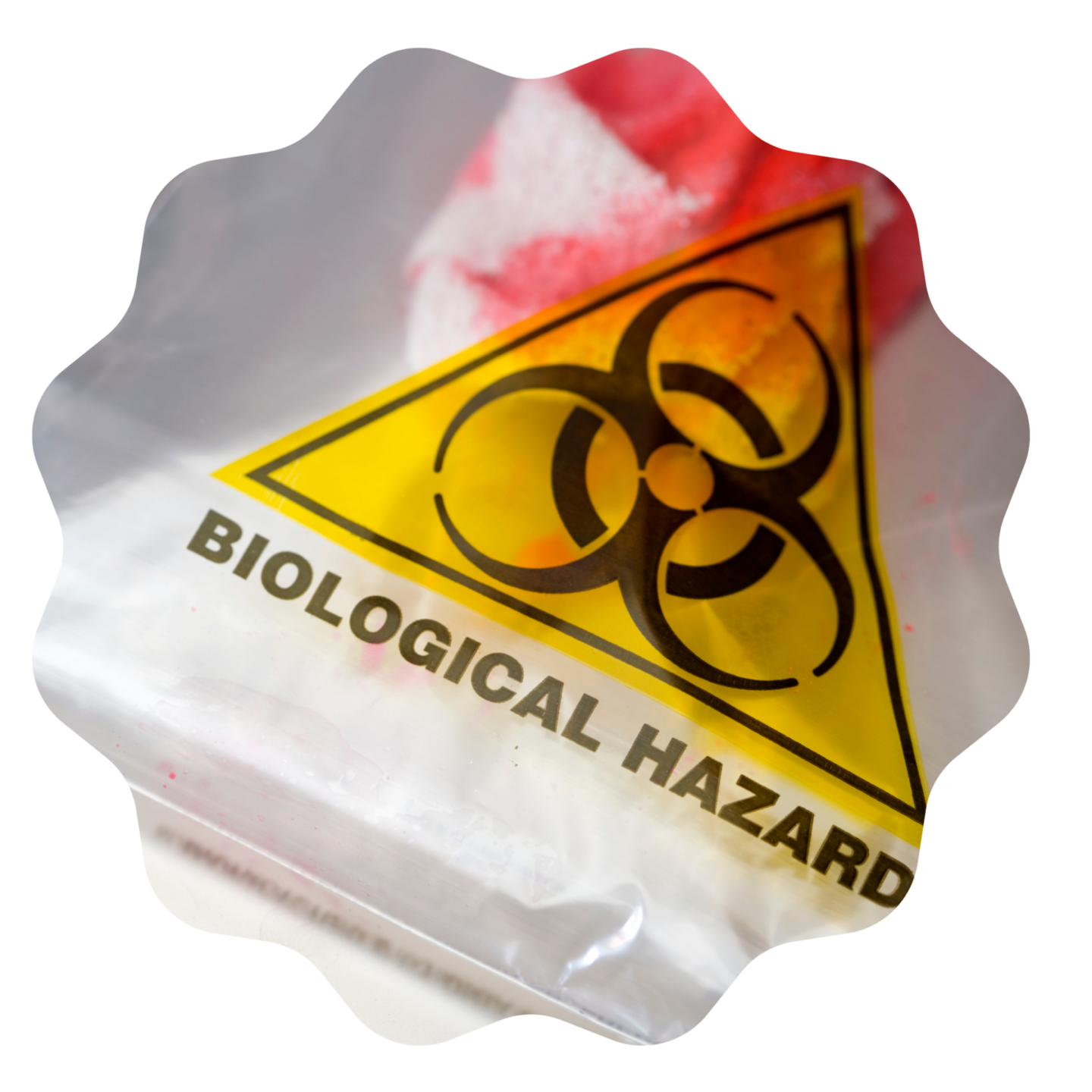
2. Biological Hazards
Biological hazards come from living organisms like bacteria, viruses, or mould. This might sound like something only healthcare workers deal with, but biological hazards are a lot more common than you think.
To stay safe from biological hazards, always remember to follow personal hygiene practices, wear protective gear, disinfect contaminated surfaces, and report possible infestations.
Examples of biological hazards include:
- Mould spores in damp work areas.
- Bacteria from handling food, animals, or waste.
- Viruses like the flu or COVID-19.
- Exposure to blood or body fluids.
- Insect or animal bites.
3. Chemical Hazards
Chemical hazards occur when you’re exposed to harmful substances, either by breathing them in, touching them, or swallowing them. This is common in cleaning, manufacturing, construction, and agricultural jobs.
If chemicals aren’t stored or handled properly, they can cause burns, breathing issues, skin irritation, or even long-term illness. Not all chemical exposure is immediately detectible. Long-term exposure to certain substances can cause cancer or chronic illness.
Chemical hazards include:
- Cleaning products like bleach or ammonia
- Paints, solvents, or glues
- Dusts, fumes, or gases
- Flammable liquids
- Acids or corrosive substances
- Asbestos.
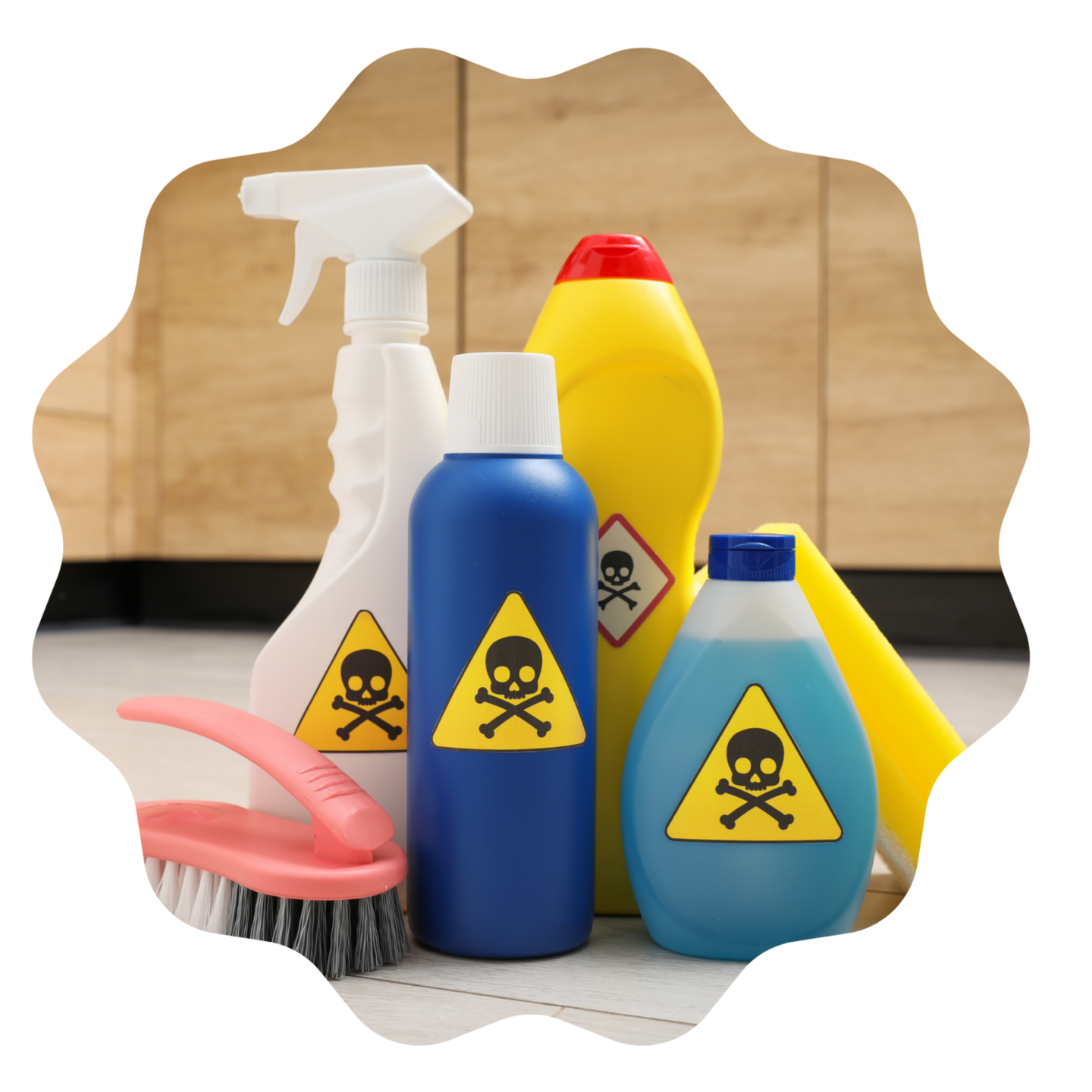
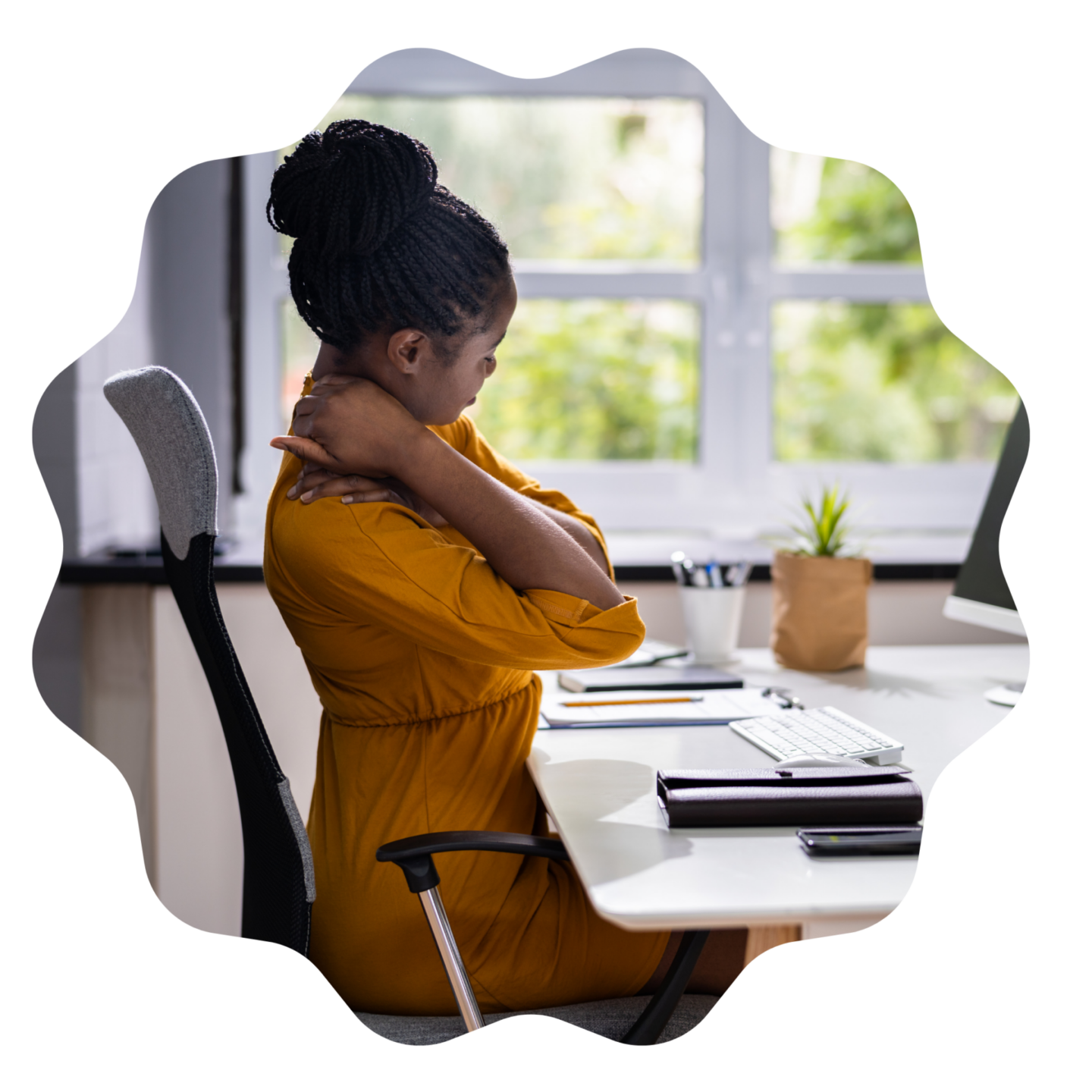
4. Ergonomic Hazards
“Ergonomic” hazards are things that cause strain or stress to your body. Ergonomic related injuries are often caused by performing repetitive tasks or using uncomfortable equipment for long periods of time.
Making small changes to your posture and moving more frequently during your workday, can make a big difference in preventing long-term injuries.
5. Psychosocial/Mental Hazards
Work can be challenging, but it should never be toxic. Psychosocial safety is just as important as physical safety. Common psychosocial hazards include:
- Emotional abuse: If you are getting treated unfairly, bullied, or disrespected at work, that’s a safety issue too. Working in this kind of environment can lead to stress, low energy, burnout, and mental health issues.
- Sexual harassment: Everyone has the right to feel safe and respected at work. That includes being protected from sexual harassment, which sadly still happens. Sexual harassment isn’t just physical. It includes inappropriate comments, jokes, touching, or making someone feel unsafe or uncomfortable. It’s also illegal.
- Stress and mental illness: You’re not weak for feeling overwhelmed. You’re human, and you’re not alone. 1 in 5 Australians experience mental illness every year, and 45% of Australians will be affected at some point during their lives.

It is OK to not be OK!
You should feel free to speak up without any fear of punishment or retribution.
When employees feel protected, they are more likely to ask questions, give feedback, share ideas, and report workplace concerns. Without transparency, small problems can quickly turn into big problems!
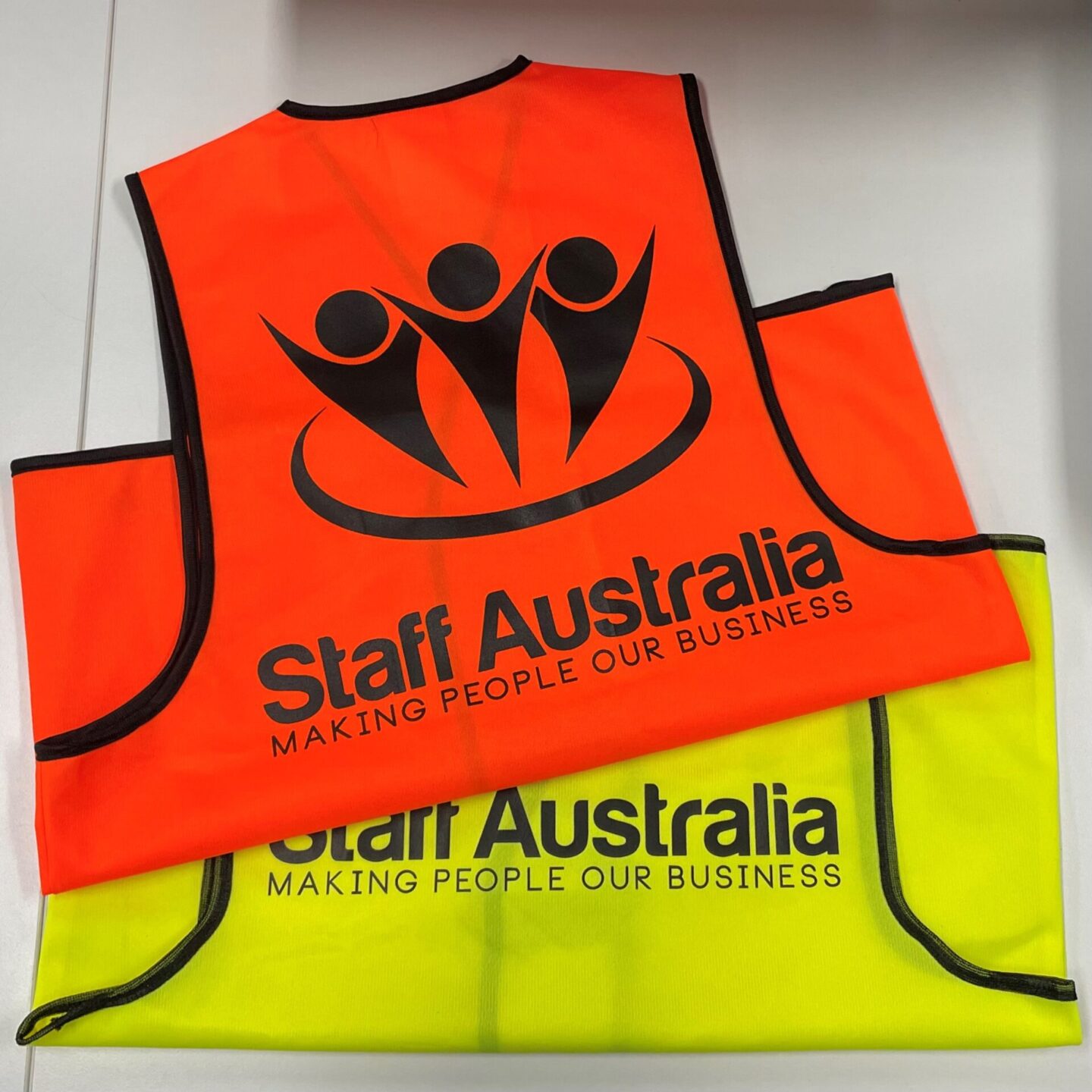
What is the real cost of taking shortcuts?
Taking a shortcut might save time in the moment, but it can cost a lot more in the long run.
Here are the costs you should be worried about:
- Personal Cost: A small injury can become a big one. Back pain, cuts, or even just a knock on the head can put you off work for weeks or months. That means less pay, more stress, and maybe even long-term damage.
- Financial Cost: If you’re injured and can’t work, Workers Compensation might help, but it won’t fully cover your regular pay. You could also lose bonuses, miss out on promotions, or have fewer job options in the future.
- Social and Family Cost: When you’re hurt, it hurts your family too. Skipping steps when it comes to safety just isn’t worth the risk. Especially when it prevents you from supporting the people you love.
Red flags to look out for:
To keep yourself and your coworkers safe, it’s important to keep an eye out for red flags. These are some of the warning signs to look out for:
- Employee inductions are rushed, and no proper training is provided.
- You are required to operate broken or poorly maintained equipment.
- There is a lack of available PPE on site, or you are encouraged not to use it.
- The site supervisor, or manager is a poor communicator, often giving unclear instructions, yelling, or setting unrealistic timeframes.
- You are given unachievable KPI’s that put you at risk.
- There is no clear or easy way to report your safety concerns.
How can I report a safety concern?
You don’t need to deal with safety issues alone. Here’s what you can do:
- Speak to your team leader or supervisor. Most problems can be fixed quickly if they’re aware of them.
- Use an internal safety reporting system. Every workplace should have a system in place that allows workers to report a hazard or risk, either on paper or digitally.
Remember, you are protected by law from being punished or fired for speaking up about safety.
Key Takeaways:
For employers:
- Lead by example: Promoting a safe workplace doesn’t just protect your people, it protects your company.
- Listen and act: Don’t wait for an injury to take action. Employees that feel safe and supported at work, are more productive, stick around, and are less likely to suffer from mental illness.
- Encourage employees to speak up: When everyone looks out for each other, fewer injuries happen. According to Safe Work Australia, businesses with strong safety systems have up to 40% fewer injuries, leading to more consistent hours, better morale, and higher productivity.
- Provide training: Make sure employees are always confident and feel comfortable before performing potentially dangerous tasks.
For employees:
- Speak up: Tell someone. If you’re with a labour hire company like Staff Australia, let your them know if you feel unsafe at work before an injury occurs. Your safety comes first.
- Follow the rules: Always wear PPE and follow your workplaces safety procedure.
- Get the help you need: If you need mental health support, a psychologist or general practitioner (GP) can provide the appropriate support you need.
At Staff Australia, our team is here to support you and your safety is our priority.
No job is worth more than your health, your family, or your future.
Looking for work? Join a team that puts your safety at the top of the list! Staff Australia complies with the statutory requirements of all state based Workcover authorities, Regulations and Legislative Acts. We are committed to working with our clients and staff to prevent injuries and minimise lost time due to injuries.

